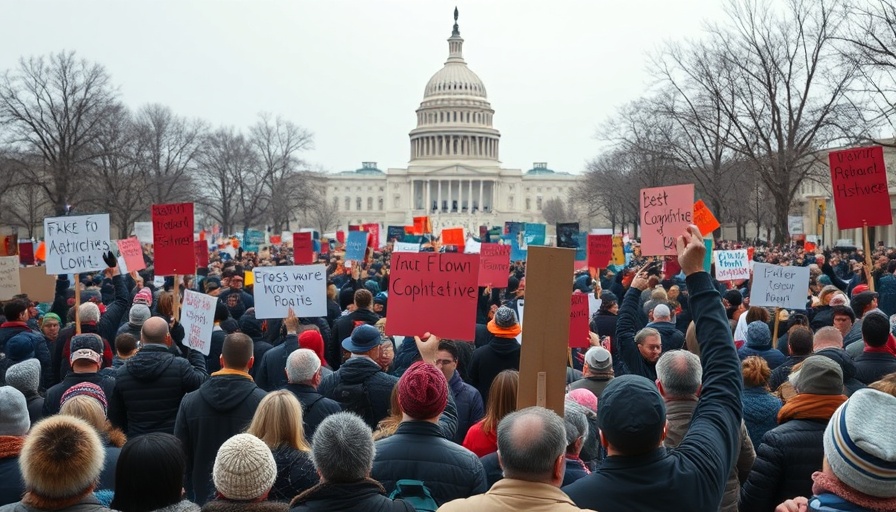
Trump Hits Pause on Tariffs: Understanding the Economic Impact
In a surprising move, President Donald Trump has postponed the imposition of 25% tariffs on most imports from Mexico and some from Canada, originally set to take effect in early March. This decision comes amidst growing concerns about the potential economic fallout of a broader trade war that threatens to disrupt markets and consumer confidence across North America.
The announcement followed a conversation between Trump and Mexican President Claudia Sheinbaum, highlighting the delicate balance of international relations and domestic economic stability. Trump characterized the delay as a necessary step in response to positive developments in immigration discussions and drug trafficking mitigation, specifically the smuggling of fentanyl across the U.S.-Mexico border.
The Broader Picture: What This Means
Trump insists that his tariffs aim to combat illegal activities and fix trade imbalances, yet critics warn that such measures can trigger more harm than good. Economic analysts predict that the tariffs could push inflation rates higher and slow down economic growth. The Yale University Budget Lab projects that these tariffs could lead to a loss of approximately $1,600 in disposable income for the average American household.
Trade Talks and Exemptions: The New Landscape
Under the new arrangement, imports from Mexico that comply with the United States-Mexico-Canada Agreement (USMCA) will be temporarily excluded from the proposed 25% tariffs, while Canadian autos and auto parts that meet similar stipulations will also avoid the tariffs for a month. Furthermore, U.S. farmers importing potash from Canada will see a reduced tariff of 10%, which aligns with Trump's broader goals regarding Canadian energy products.
This temporary reprieve, however, has not quelled concerns from Canadian officials. Ontario Premier Doug Ford has expressed frustration with the ongoing uncertainty surrounding tariffs, highlighting that his province will implement a 25% surcharge for electricity supplied to neighboring states as a countermeasure. The ripple effects of the dominant trade relationship between Canada and the U.S. raises questions on how sustained tariffs could reshape trade dynamics.
The Stakes: What Happens When Tariffs Kick In
While Trump projects optimism regarding the upcoming tariffs, skepticism looms among businesses and economists who anticipate adverse reactions in financial markets. A notable decline has been observed in stock indexes since the possibility of tariffs became evident. These policies could stifle job creation and investment, sending industries into a tailspin during an already uncertain economic climate.
The forthcoming April 2 deadline for the delayed tariffs poses potential risks as businesses prepare for new financial burdens. Many in corporate America are watching closely, as the unpredictability of Trump's tariffs has created a challenging environment for long-term planning.
Public Perception and Political Ramifications
As the public grapples with the implications of these tariffs, their attitudes will shift based on how effectively Trump manages the narrative. While his messaging emphasizes the goals of invigorating the economy and combating drug trafficking, the practical consequences—higher prices and job risks—remain paramount for many American families.
Conclusion: A Call for Community Awareness and Engagement
This evolving situation presents an opportunity for Central Florida residents and families to engage actively with their representatives about trade policies and their potential effects on local economies. Understanding these developments will foster informed discussions and advocate for policies that ensure stability and growth in our communities.
 Add Row
Add Row  Add
Add 






Write A Comment